Mini has released official images of its first series-production electric model, providing a glimpse of the 2019 hatchback a year or so before it reaches roads.
The car, which is described by company executives as marking a pivotal point in the brand's history, because it directly links to the core values for which Mini was created, was recently spotted testing in the Alps.
But today's new images are the first that show the design changes to expect on the production model. It gets a flat grille and four-spoke wheels clearly inspired by the concept that preceded it.
Talking about wheels, Mini head of design Oliver Heilmer said: “at first glance, you recognize them as something that is really different, since the wheel is not symmetric.” He added: “The wheel is almost closed which is much better for aerodynamics.”
Explaining the grille’s design, which echoes many other electric-car grilles in that it is closed, said: “Electric powertrains need air in different places than internal combustion engines. The yellow stripe stands for Mini electric and the grey surface matches the wheels." The grey has also been chosen so it complements any paint colour choice.
Heilmer confirmed the electric model has been completely signed off from a design perspective ahead of its launch next year.
Although no images of the car's body are shown, brand boss Sebastian Mackensen told Autocar earlier this year that the design of the Mini Electric will be toned down from the concept because “Mini doesn’t need to make a big statement saying we want to be cool and electric any more”. Instead, the final production car’s design will mix the updated look of the 2018 Mini models with aerodynamic features of the concept.


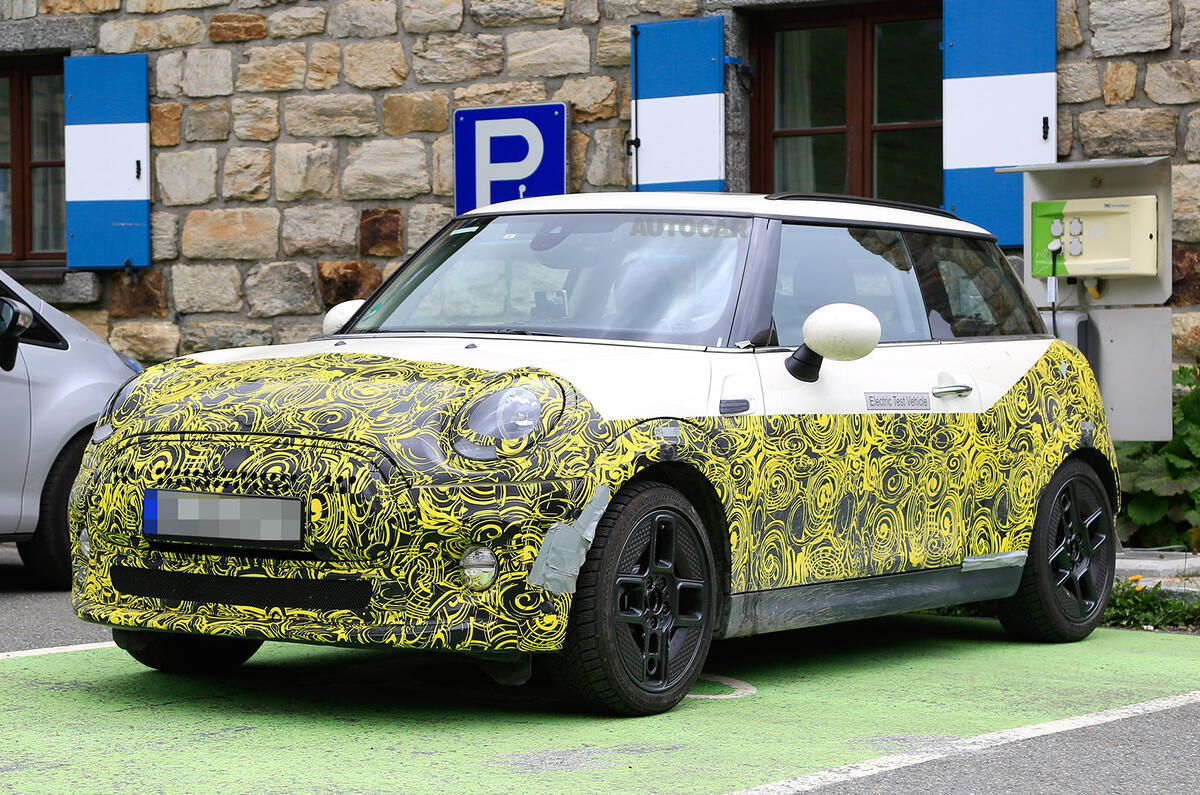
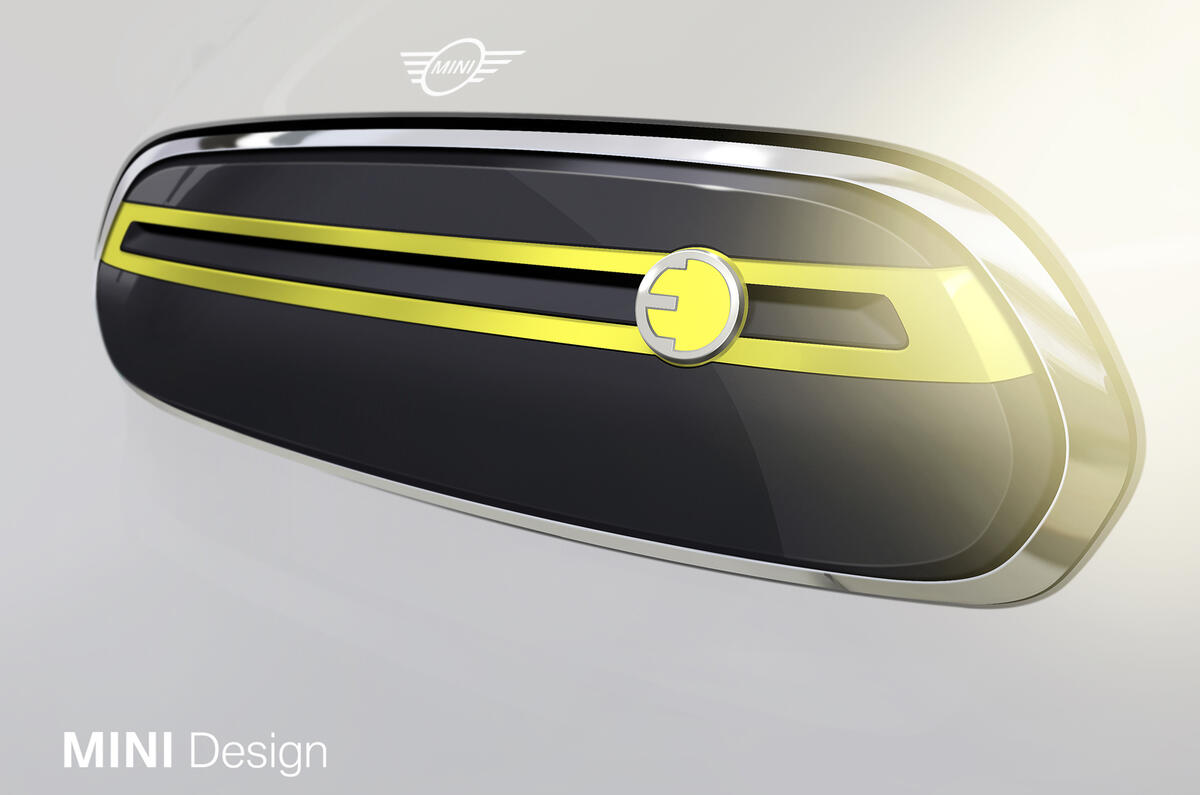
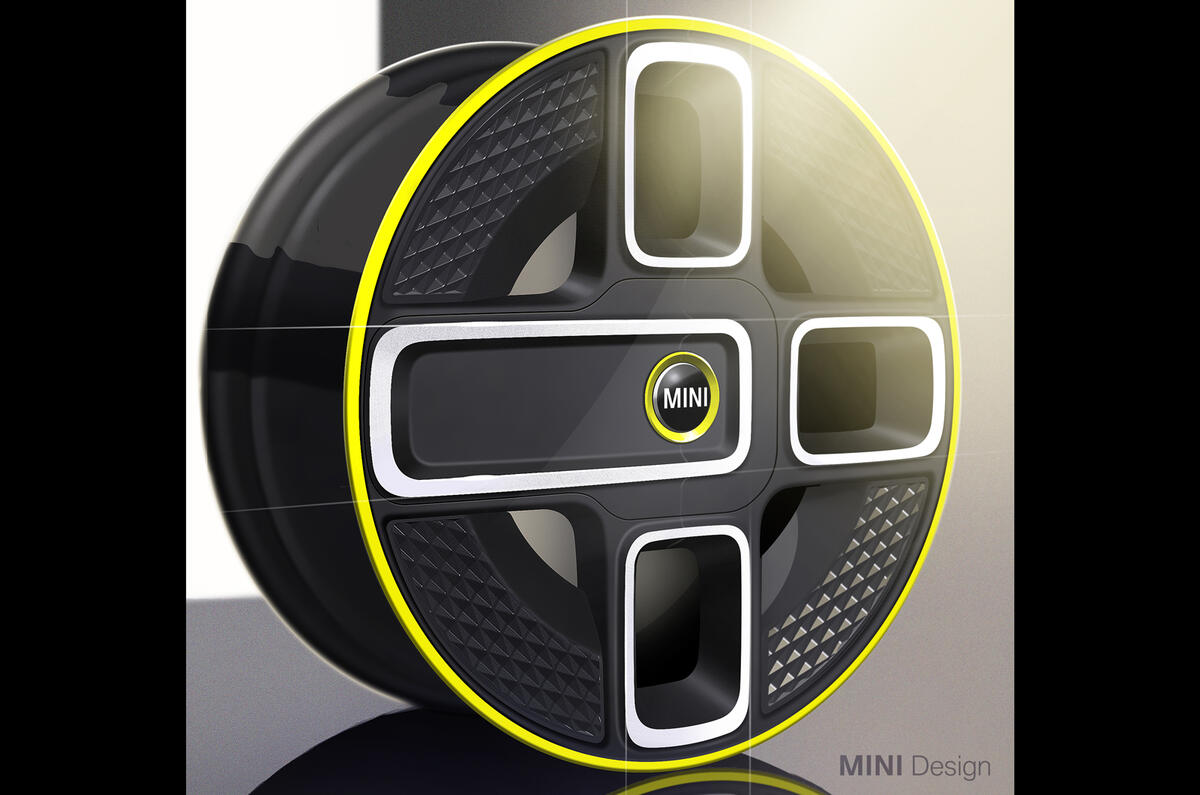
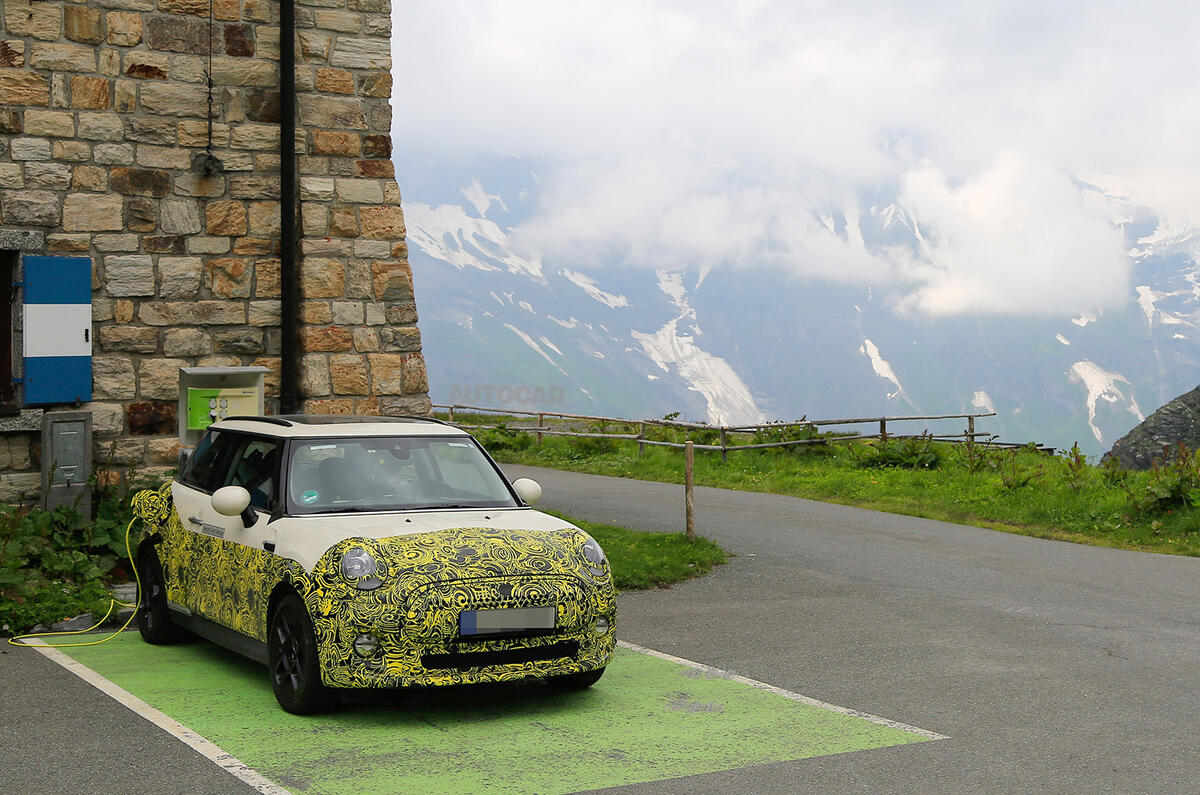
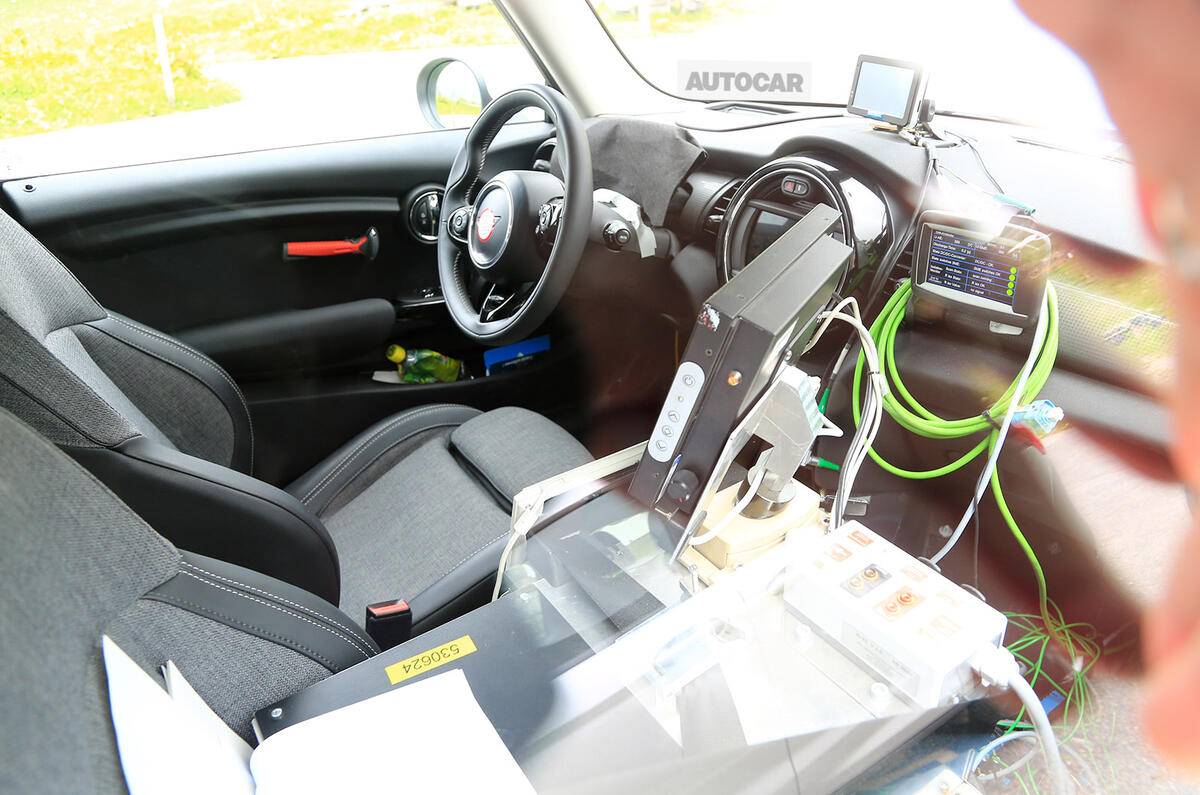
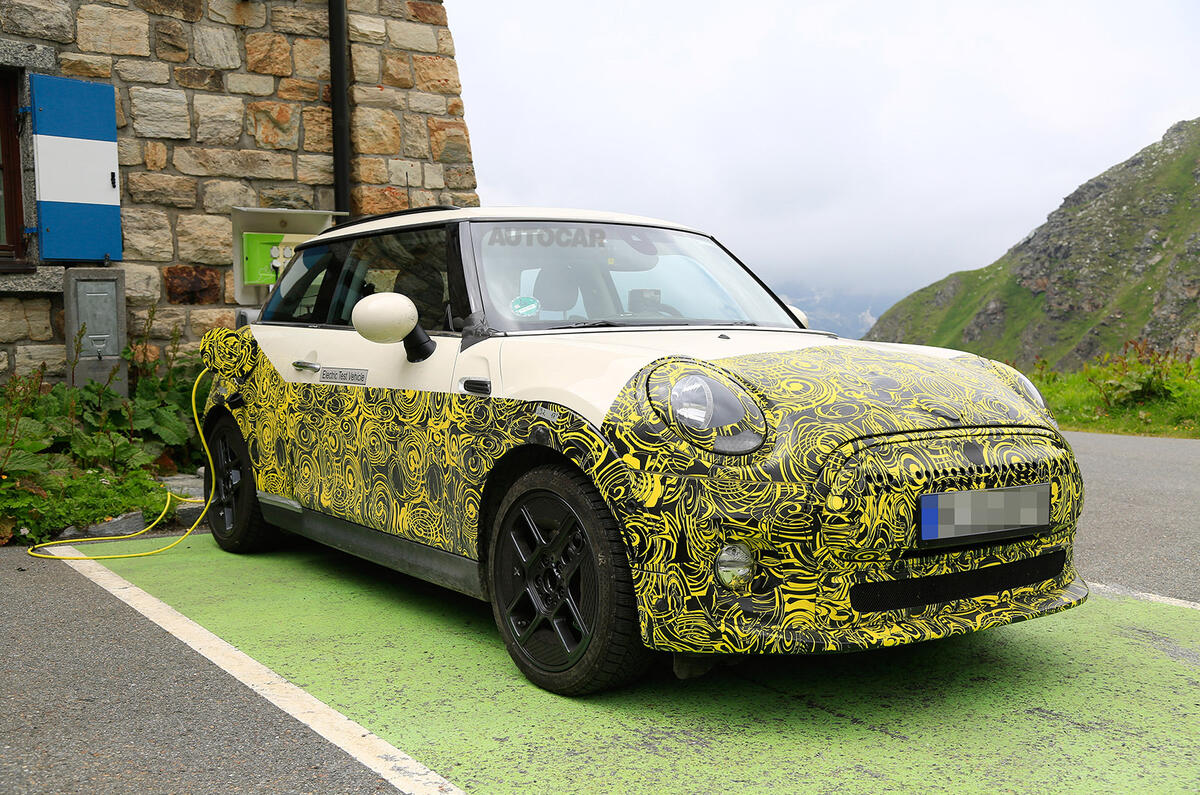
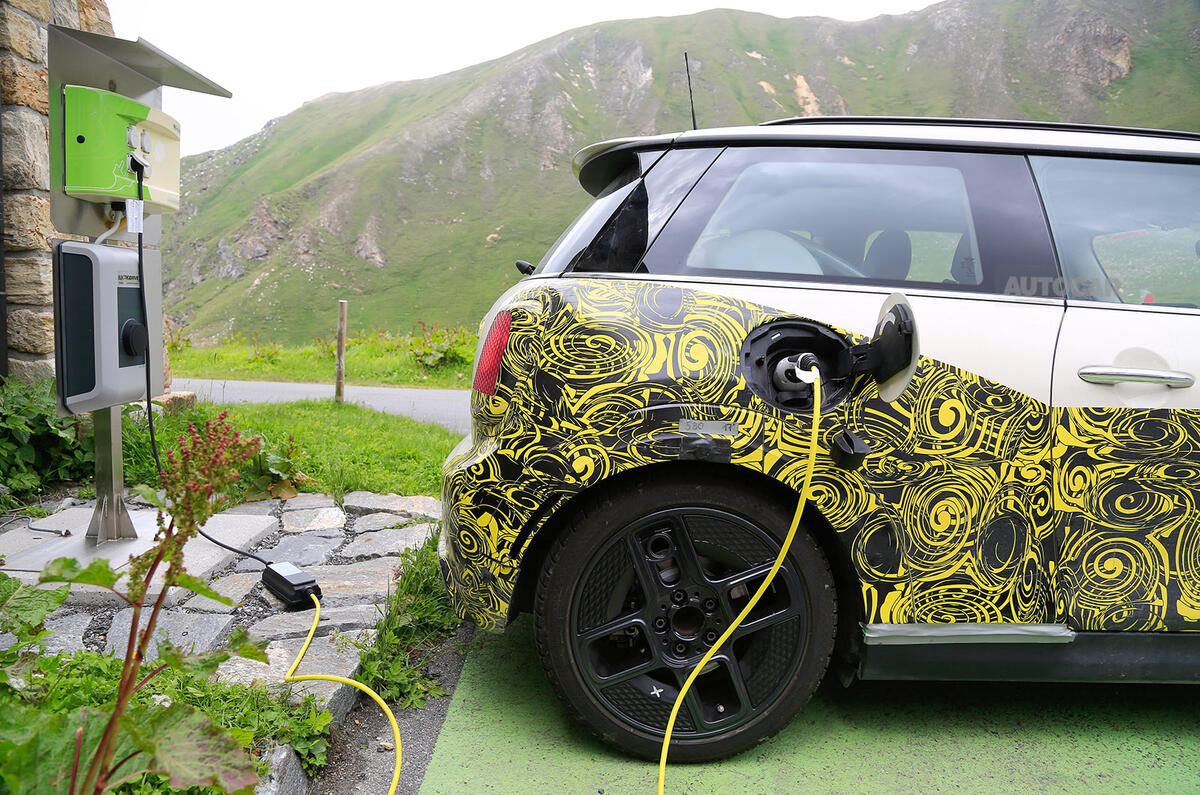
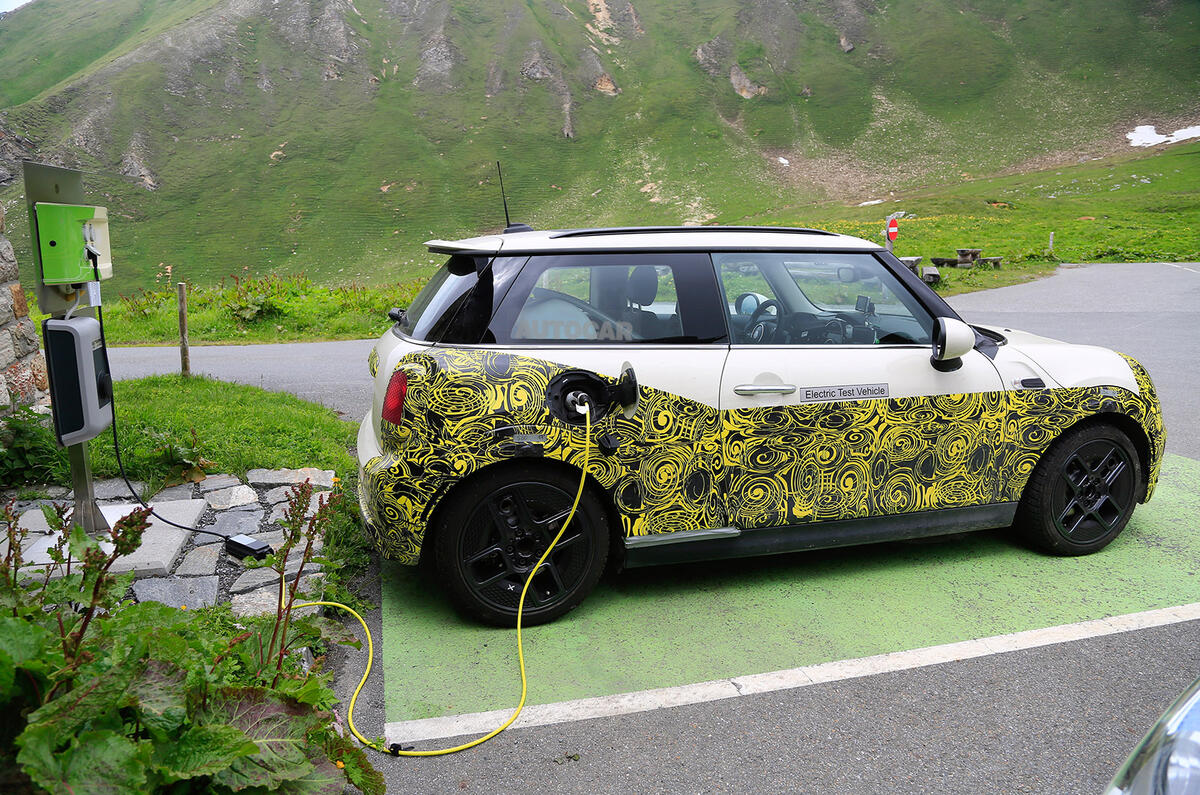

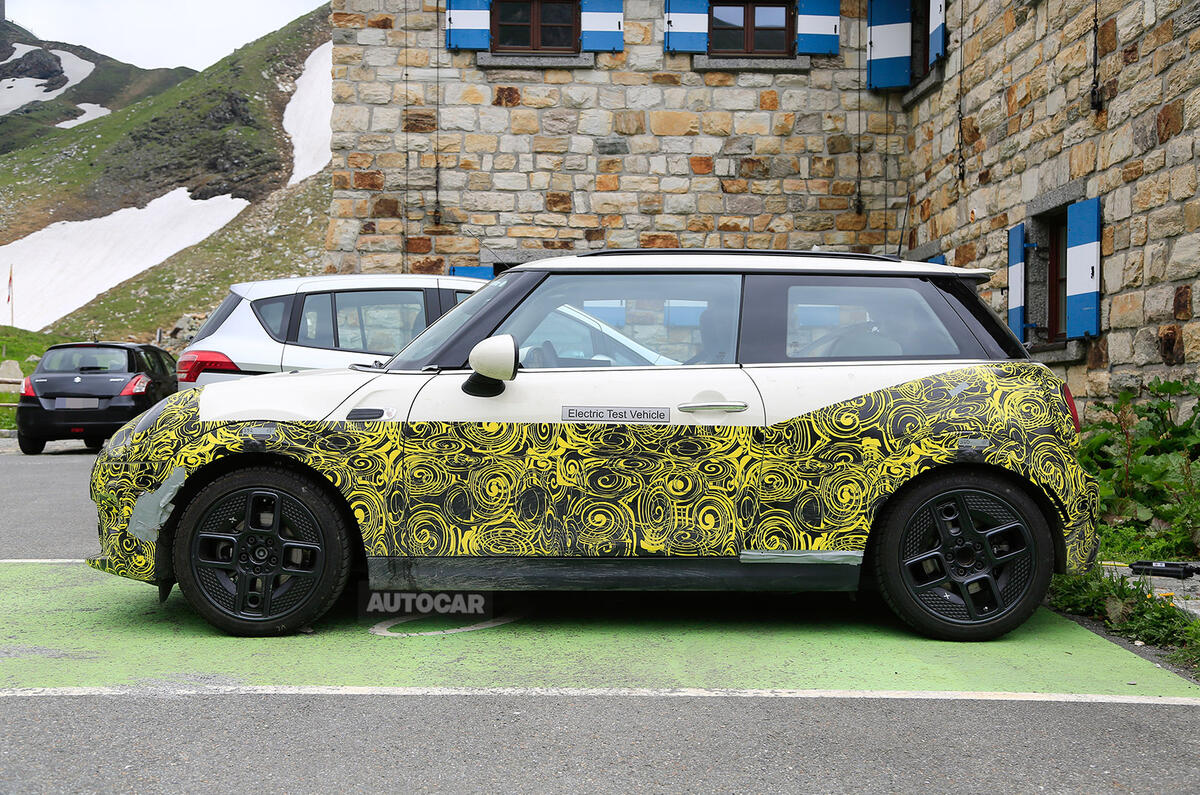
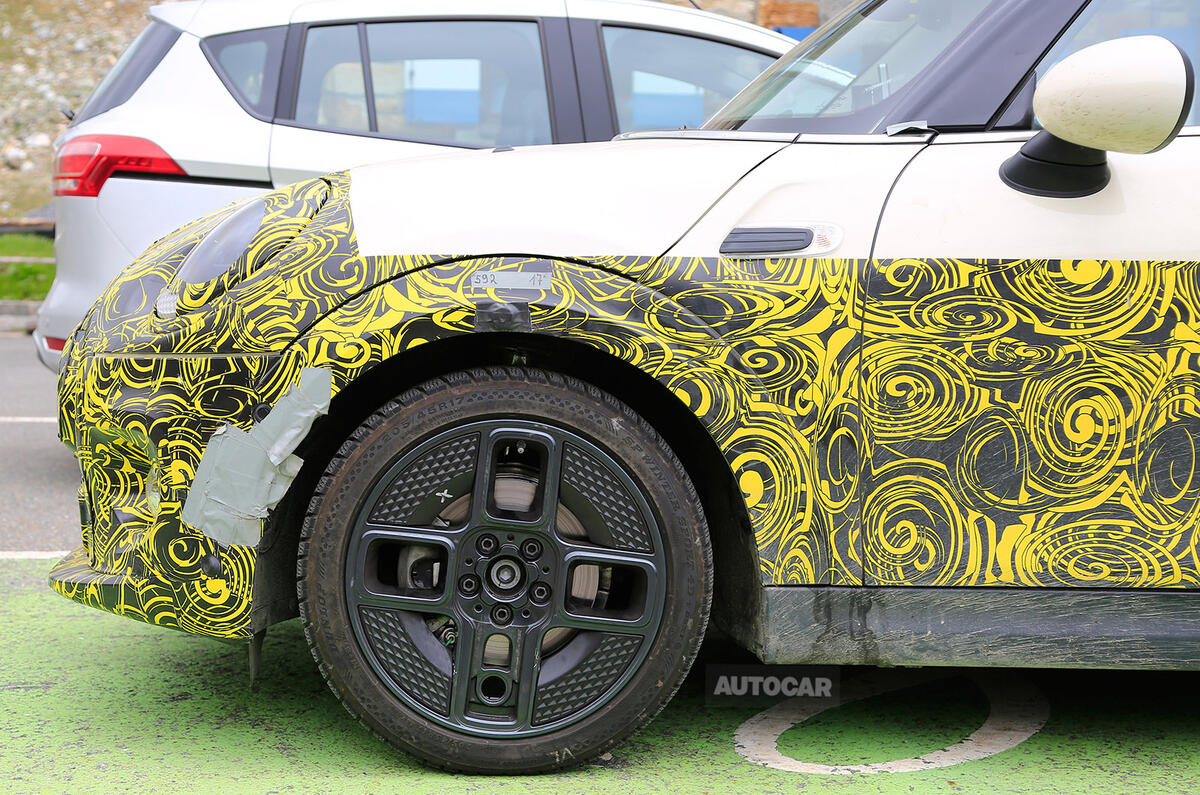
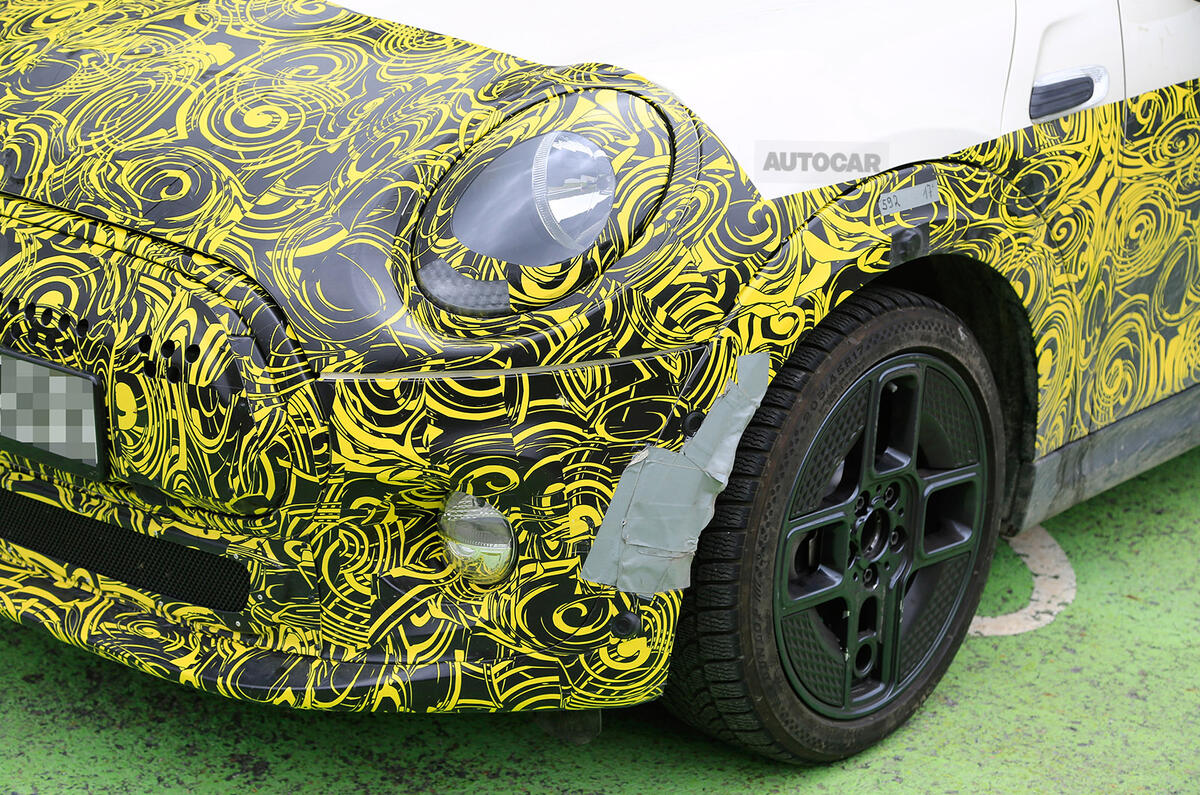
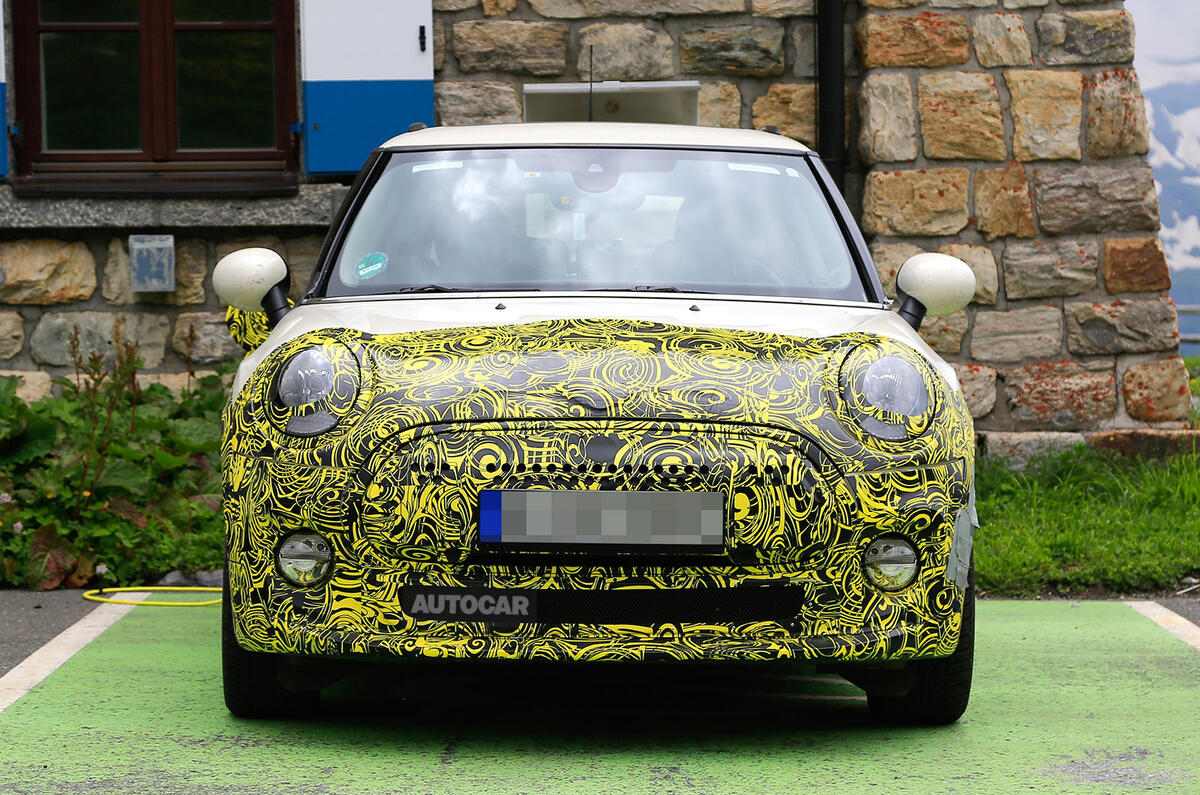
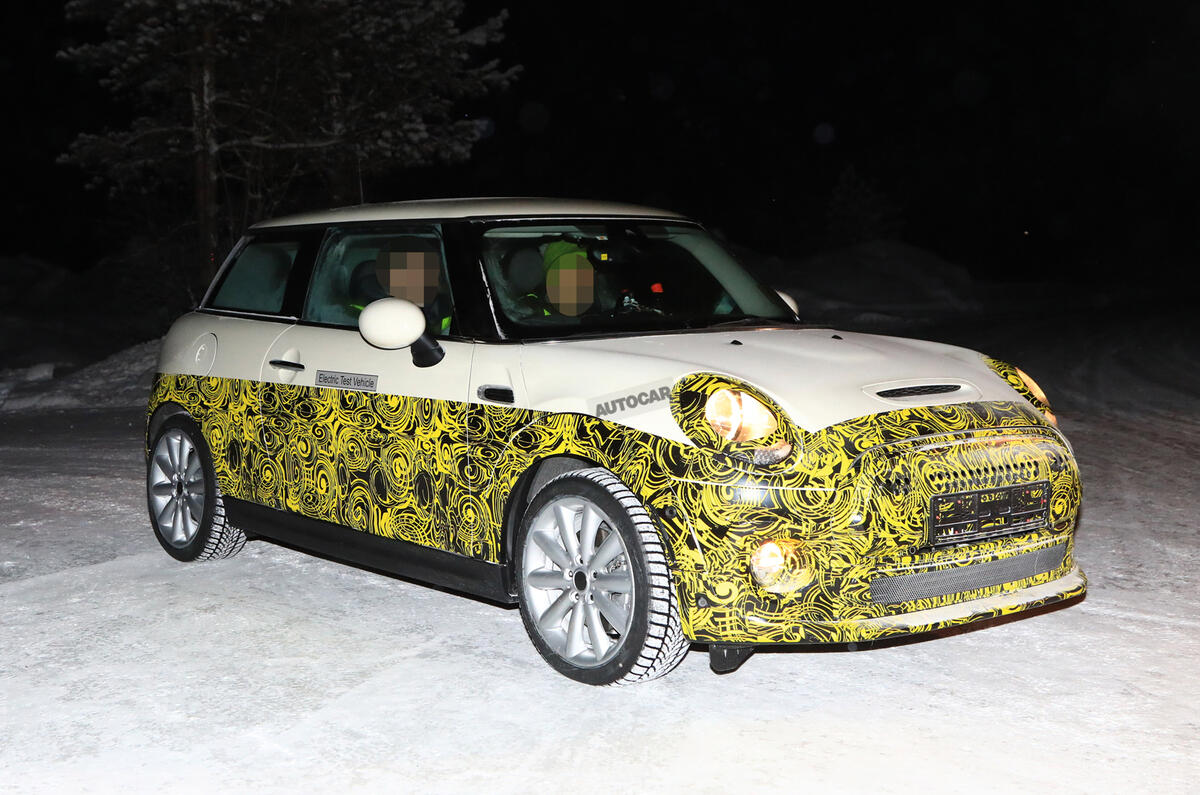
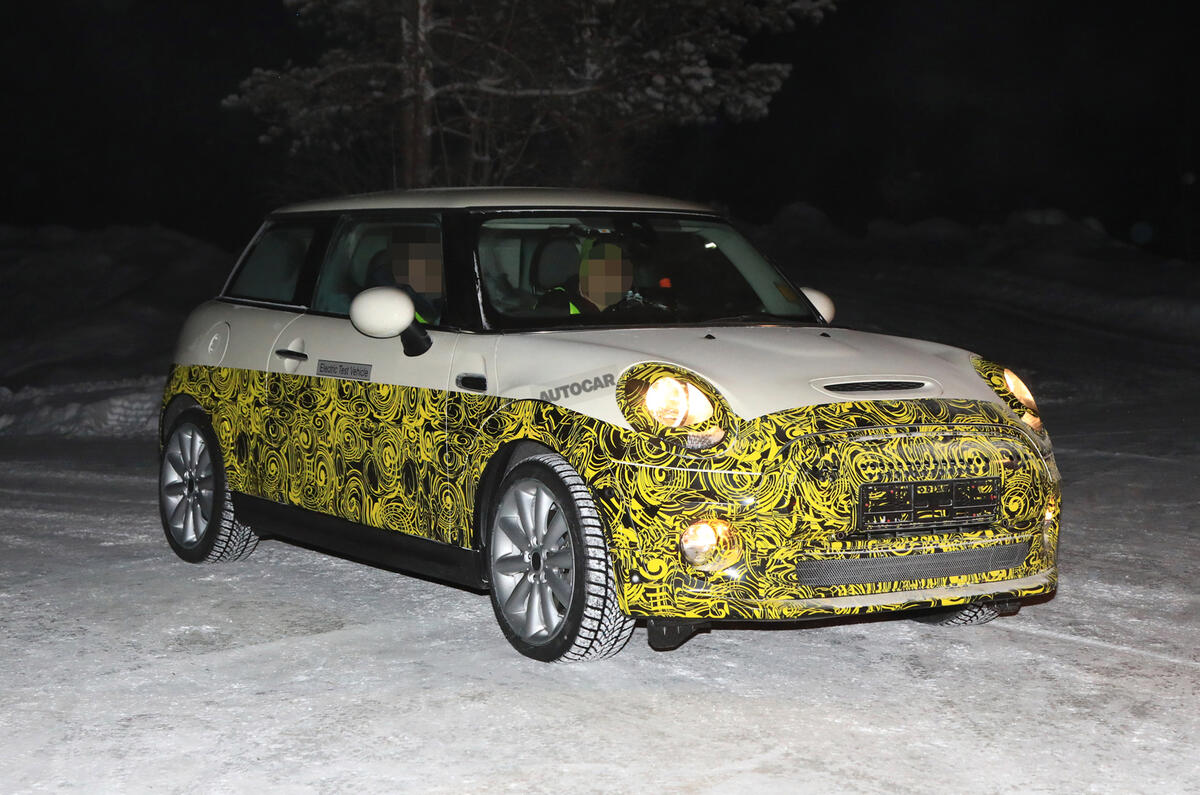
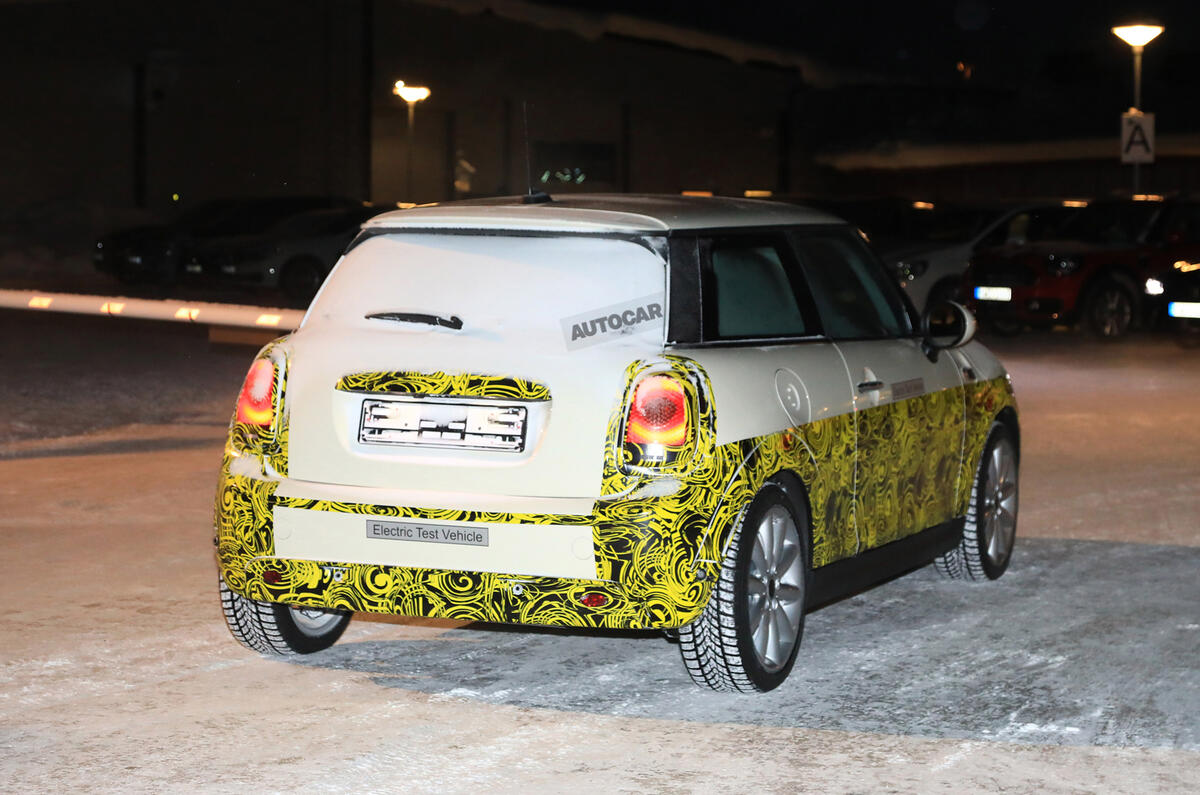
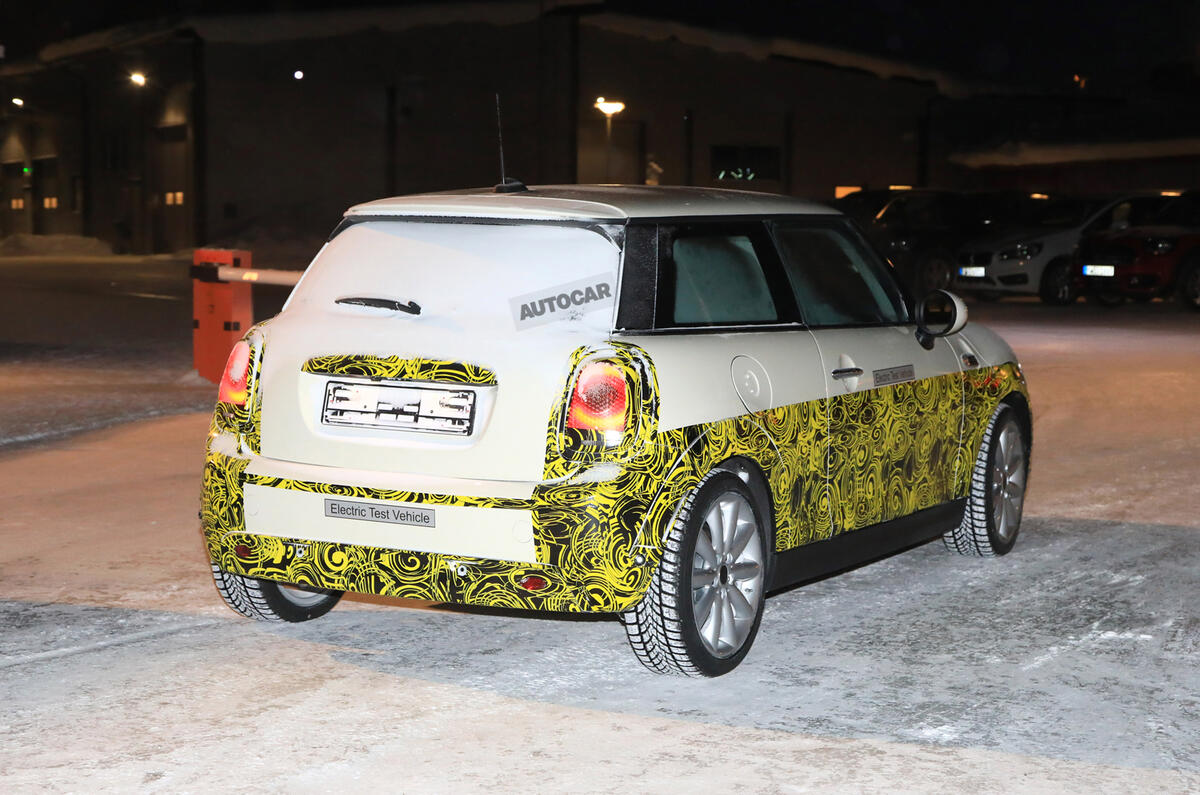

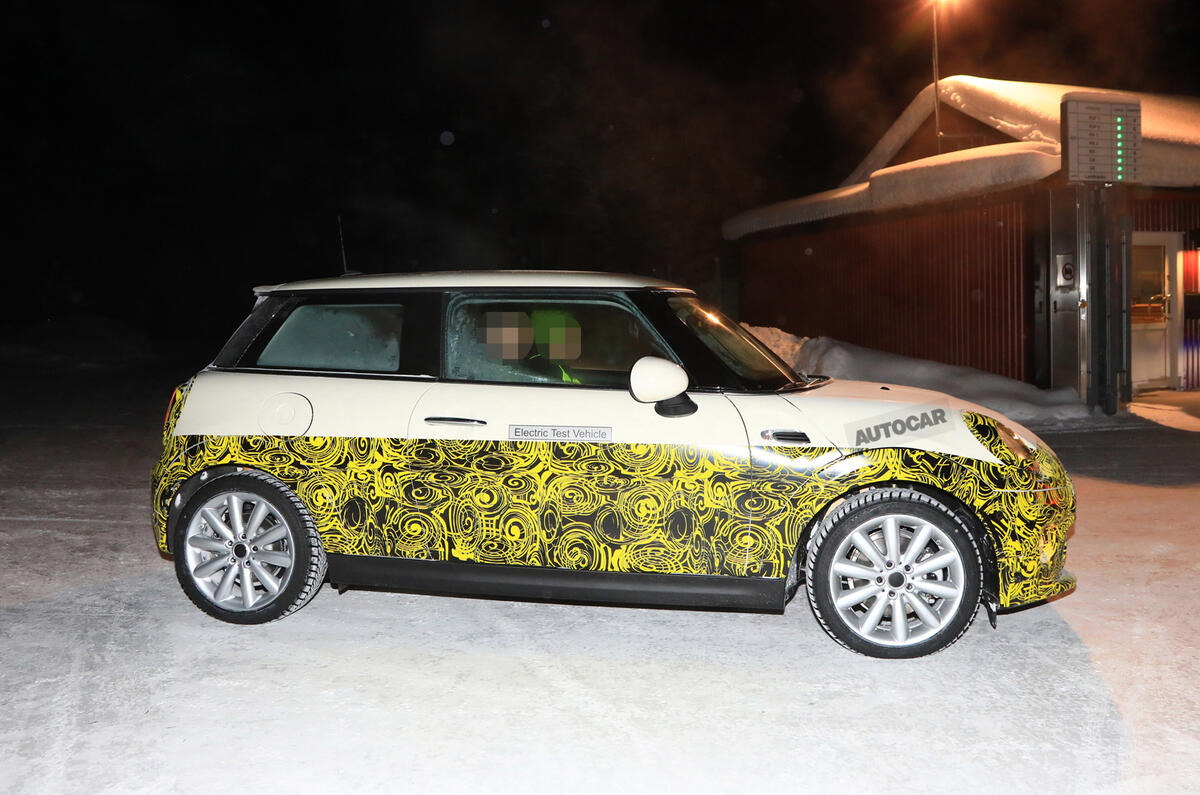
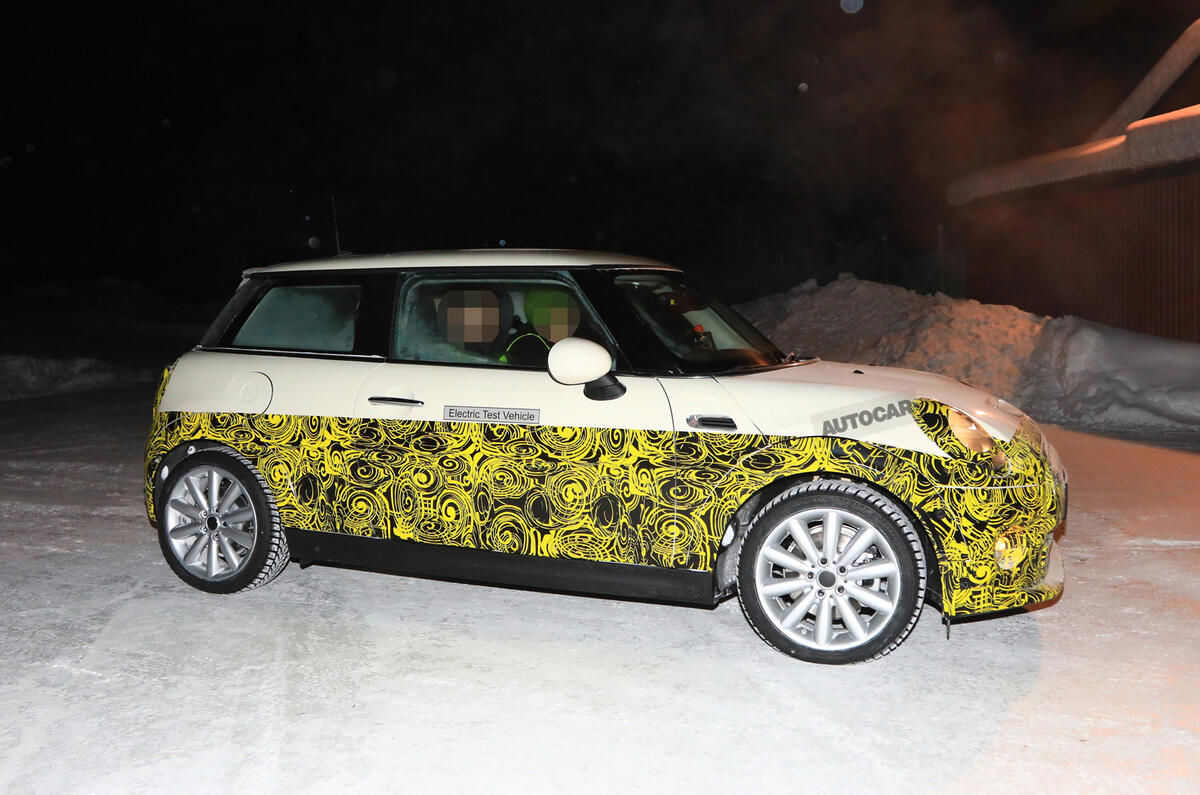
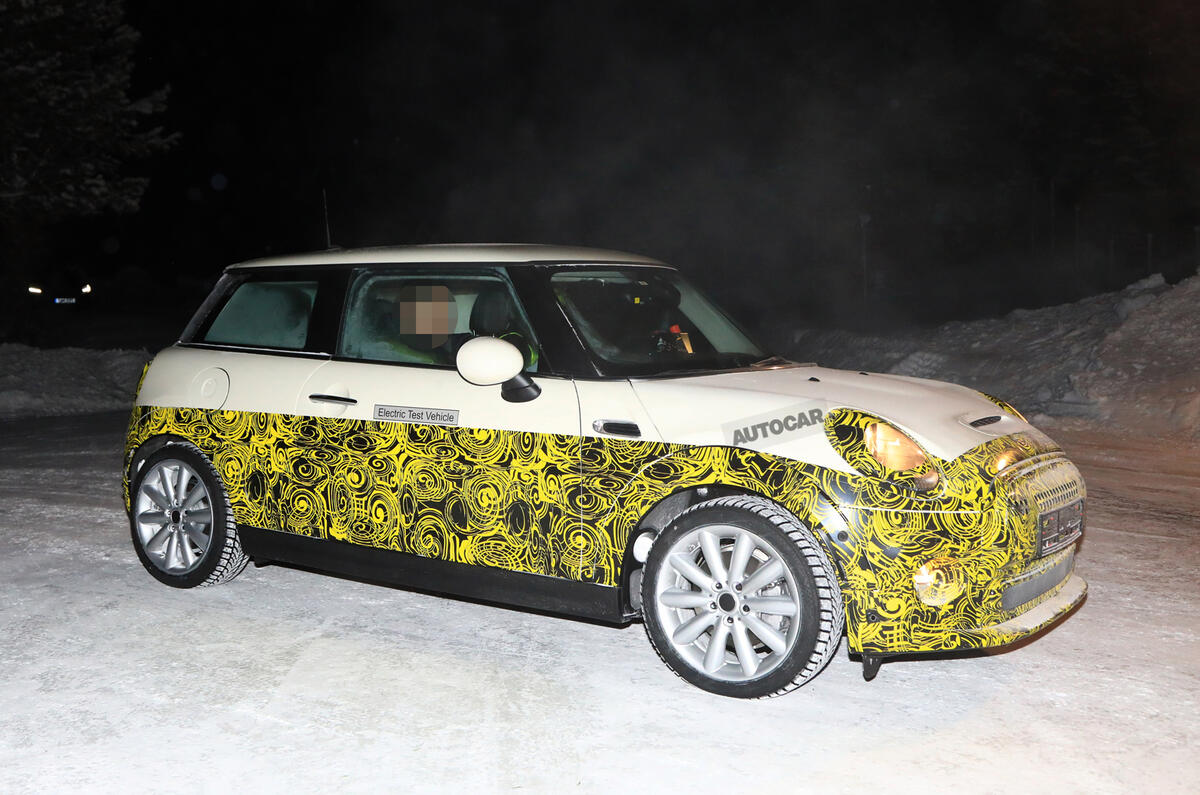
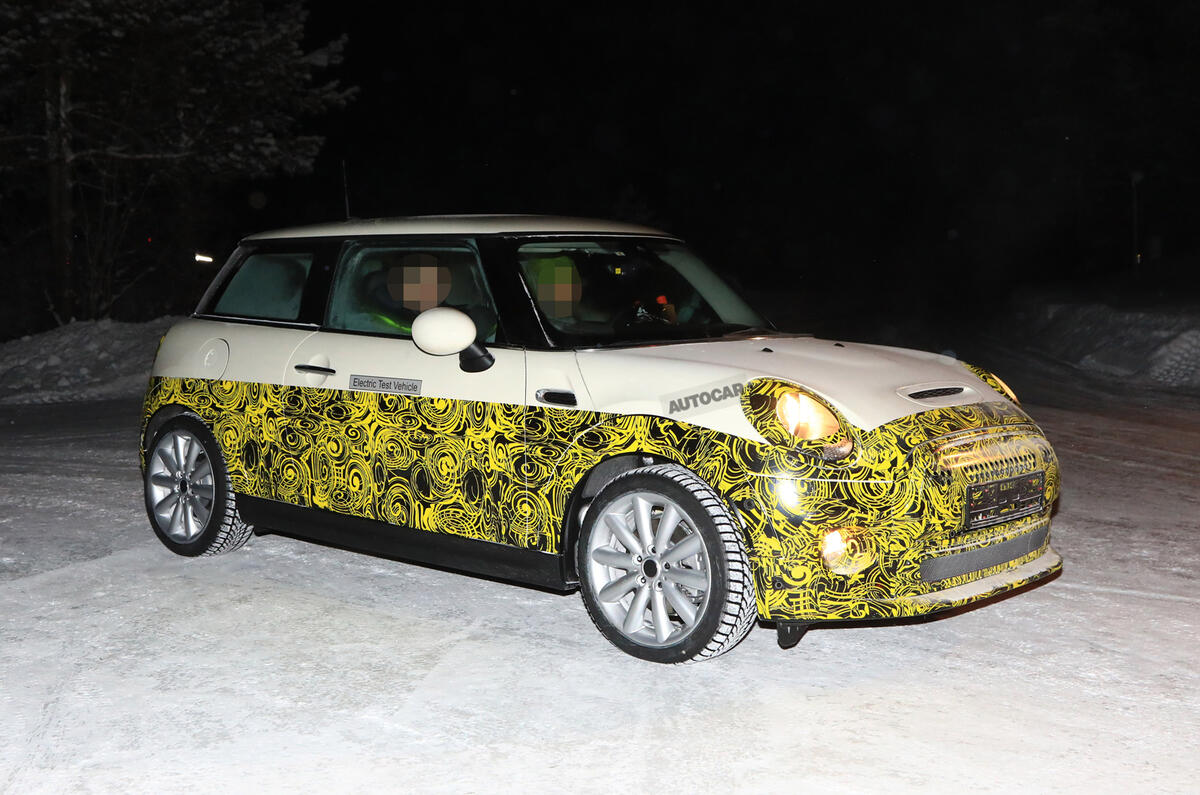
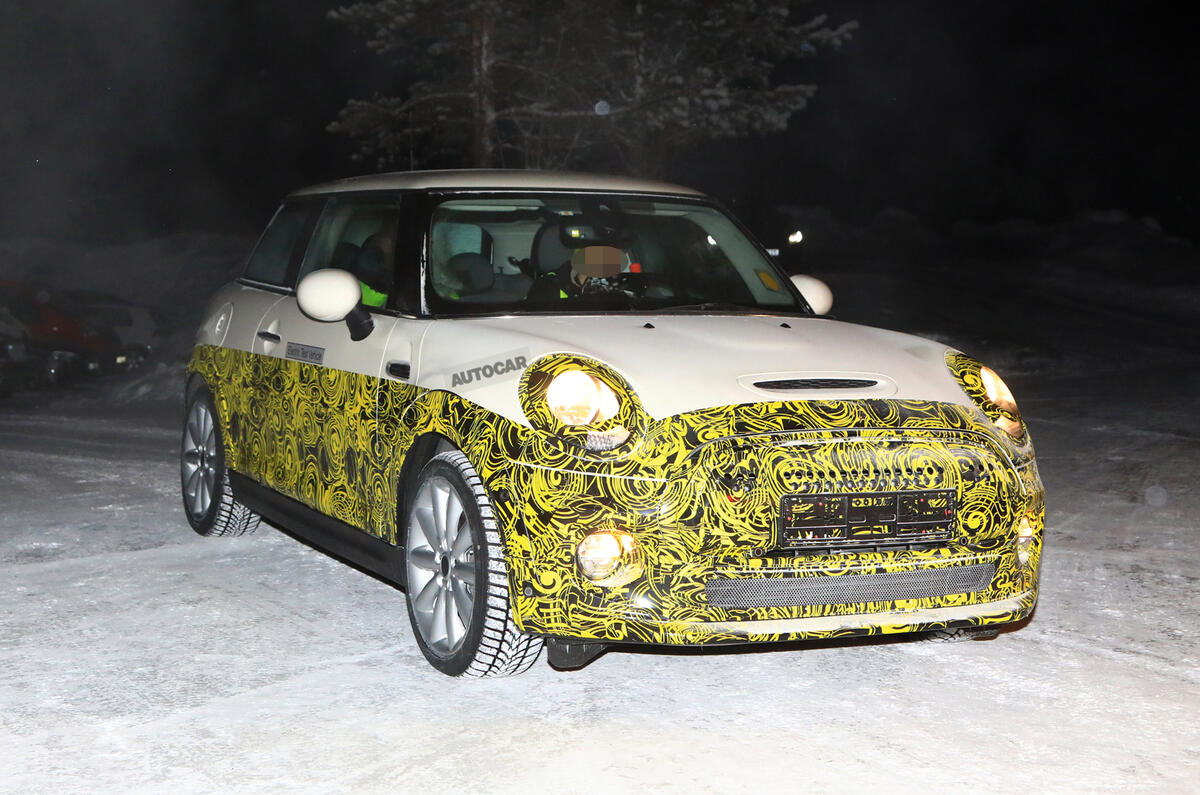
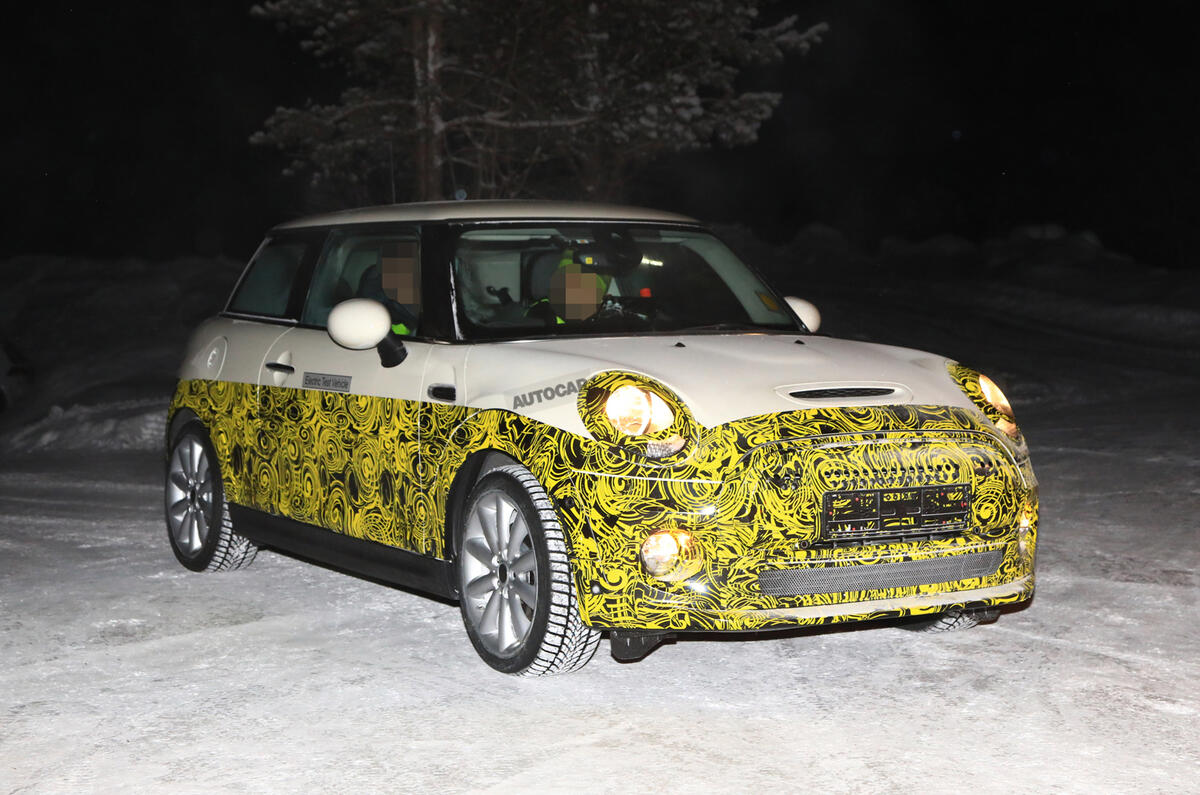
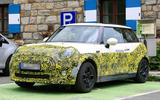
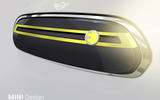
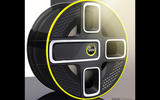
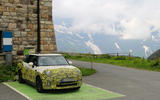
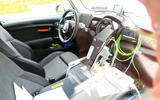
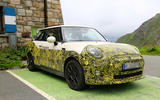
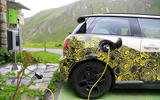
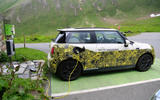
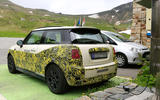

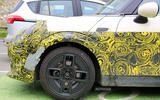
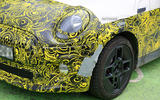
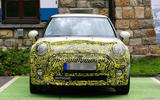


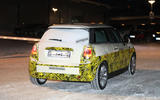
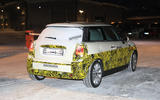
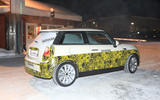
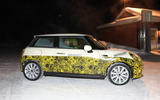
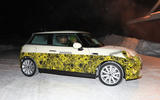
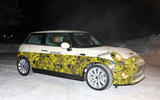


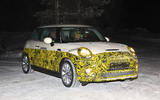




Join the debate
Add your comment
It's just like a... Mini
I suppose people who want a Mini that's eelctric will like this and that's fine since BMW also make the i3, which is infinitely more interesting. I think we've yet to see a manufacturer really explore what a car can look like when there are virtually no restrictions because of engine and so on.
Not before time
Head of Siemens CEO did a speach directed at German car makers basically saying it'll cost jobs if they don't get their ars*'* in gear.
It's a MINI and doesn't need a 250 mile range for most people, but being on a modified platform it's at a disadvantage to the LEAF, Zoe from Day 1.
Flawed design
It will be a sales failure because it uses too much electricity.
Once electric cars become more popular, the cost of electricity from a charger will rocket.
The infrastructure has to be paid for by somebody and that somebody will be the user/customer.